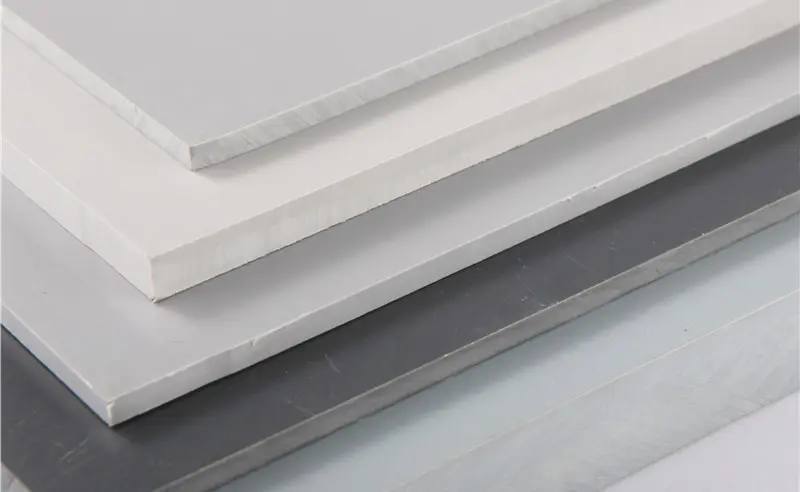Dis . 05, 2024 15:39 Back to list
Understanding PVC Board Benefits and Applications in Modern Construction
Understanding PVC Boards Versatility and Applications
PVC boards, also known as polyvinyl chloride boards, are a popular building material that has gained traction in various industries due to their unique properties and benefits. Lightweight, durable, and resistant to moisture, PVC boards are often used as an alternative to traditional materials such as wood, metal, and plywood. Their versatility makes them suitable for a wide range of applications, from construction to signage, furniture, and even decorative arts.
Material Properties
One of the standout features of PVC boards is their composition. Made from a synthetic plastic polymer, these boards are non-toxic, making them safe for various applications, including those in residential settings. Their resistance to water and humidity means they won’t swell, warp, or rot like wood, making them an ideal choice for environments prone to moisture, such as kitchens and bathrooms. Moreover, PVC boards are resistant to chemicals and staining agents, which further enhances their durability and ease of maintenance.
Another significant characteristic of PVC boards is their lightweight nature. This makes them easier to handle and install compared to heavier materials. Despite being lightweight, PVC boards boast substantial strength, making them capable of withstanding impact without damage. Additionally, they are available in a range of thicknesses, colors, and finishes, providing flexibility and aesthetic options for designers and builders alike.
Applications of PVC Boards
The applications of PVC boards are extensive. In the construction industry, they are widely used for wall cladding, ceilings, and partitions. Their ability to mimic the appearance of wood or other materials means that builders can achieve a high-end look without the associated maintenance costs or susceptibility to the elements. Furthermore, PVC boards can also be used for exterior applications, such as fascia and soffits, due to their weather-resistant properties.
pvc board

In the realm of signage, PVC boards are favored for both indoor and outdoor displays. Their smooth surface allows for high-quality printing, which is essential for creating visually appealing promotional material. This durability means that signs made from PVC boards can withstand outdoor conditions, maintaining their appearance over time.
Another exciting sector where PVC boards are making strides is furniture design. Designers are utilizing these boards to create modern, sleek pieces that are easy to clean and maintain. From cabinets to tabletops, the possibilities are nearly endless.
In addition to these applications, PVC boards are also extensively used in the crafting and decorative arts landscape. Hobbyists and artists appreciate the material's versatility and ease of use. It can be cut, shaped, and painted, allowing for personalized creations and functional art pieces.
Environmental Considerations
While PVC boards have many advantages, it is important to consider the environmental impact of plastic materials. The production of PVC can release harmful chemicals if not managed properly. However, advances in recycling technologies and initiatives aimed at recycling PVC materials are evolving, helping to mitigate some of these concerns.
Conclusion
In summary, PVC boards serve as a versatile and practical option for a wide range of applications across various industries. Their unique properties, such as water resistance, lightweight nature, and aesthetic versatility, make them increasingly popular for construction, signage, furniture, and arts and crafts. As industries continue to innovate and incorporate sustainable practices, PVC boards are poised to remain a staple material, valued for both their functionality and adaptability. Whether considering a home renovation, a commercial project, or creative endeavors, PVC boards offer endless possibilities for modern applications.
-
Premium PVC-M Water Supply Pipe - Durable & Efficient
NewsAug.02,2025
-
Premium PP Welding Rod: GPT-4 Turbo Enhanced
NewsAug.01,2025
-
HDPE Drainage & Irrigation Pipe - Durable, Efficient Solutions
NewsAug.01,2025
-
Premium PVC Transparent Pipe: Durable & Clear Solutions
NewsJul.31,2025
-
High-Quality UPVC Electrical Pipe for Safe Wiring Solutions
NewsJul.30,2025
-
Premium PVC Pipe Fitting Supplier – Durable & Leak-Proof Solutions
NewsJul.30,2025

